When it comes to Christmas, few countries embrace the holiday spirit quite like Germany. The rich traditions, enchanting decorations, and festive atmosphere create a unique charm that is hard to resist. Having spent my last Christmas in Germany, the warm glow of the twinkling lights and the scent of cinnamon filled the air, making it an unforgettable experience. In this comprehensive guide, we will explore the typical German Christmas decorations that can transform your home into a winter wonderland.
Understanding German Christmas Traditions
Before diving into the decorations themselves, it’s essential to understand the cultural context behind them. Christmas in Germany, or “Weihnachten,” encompasses a variety of customs that date back centuries. The celebration typically begins with Advent, leading up to Christmas Eve, which is when most families exchange gifts.
The Advent Season
The Advent season is marked by several traditions that significantly influence Christmas decorations. Here are some key elements:
- Advent Wreath: A circular wreath made of evergreen branches with four candles. Each candle represents one of the four Sundays in Advent.
- Advent Calendar: A special calendar used to count down to Christmas, often with small gifts or treats hidden behind each day’s door.
Key Dates in the German Christmas Season
| Date | Significance |
|---|---|
| December 6 | St. Nicholas Day: Children receive small gifts in their shoes. |
| December 24 | Christmas Eve: Main gift-giving night in many families. |
| December 25-26 | Christmas Day: Celebrations continue with family feasts. |
Typical German Christmas Decorations
The beauty of German Christmas is reflected in its decorations, from the charming ornaments on the tree to the delicate window displays. Below are some of the quintessential decorations you’ll find in German homes during the festive season.
1. The Christmas Tree (Weihnachtsbaum)
No Christmas celebration in Germany is complete without a beautifully decorated Christmas tree. Traditionally, Germans use a fir tree, which is adorned with various ornaments, ribbons, and lights.
Ornaments and Adornments
- Glass Baubles: These colorful and often handmade ornaments come in various shapes and sizes.
- Wooden Decorations: Many regions in Germany have a tradition of crafting intricate wooden ornaments, particularly from the Erzgebirge region.
- Edible Decorations: Gingerbread cookies and candies are often hung on the tree, adding a sweet scent and a festive touch.
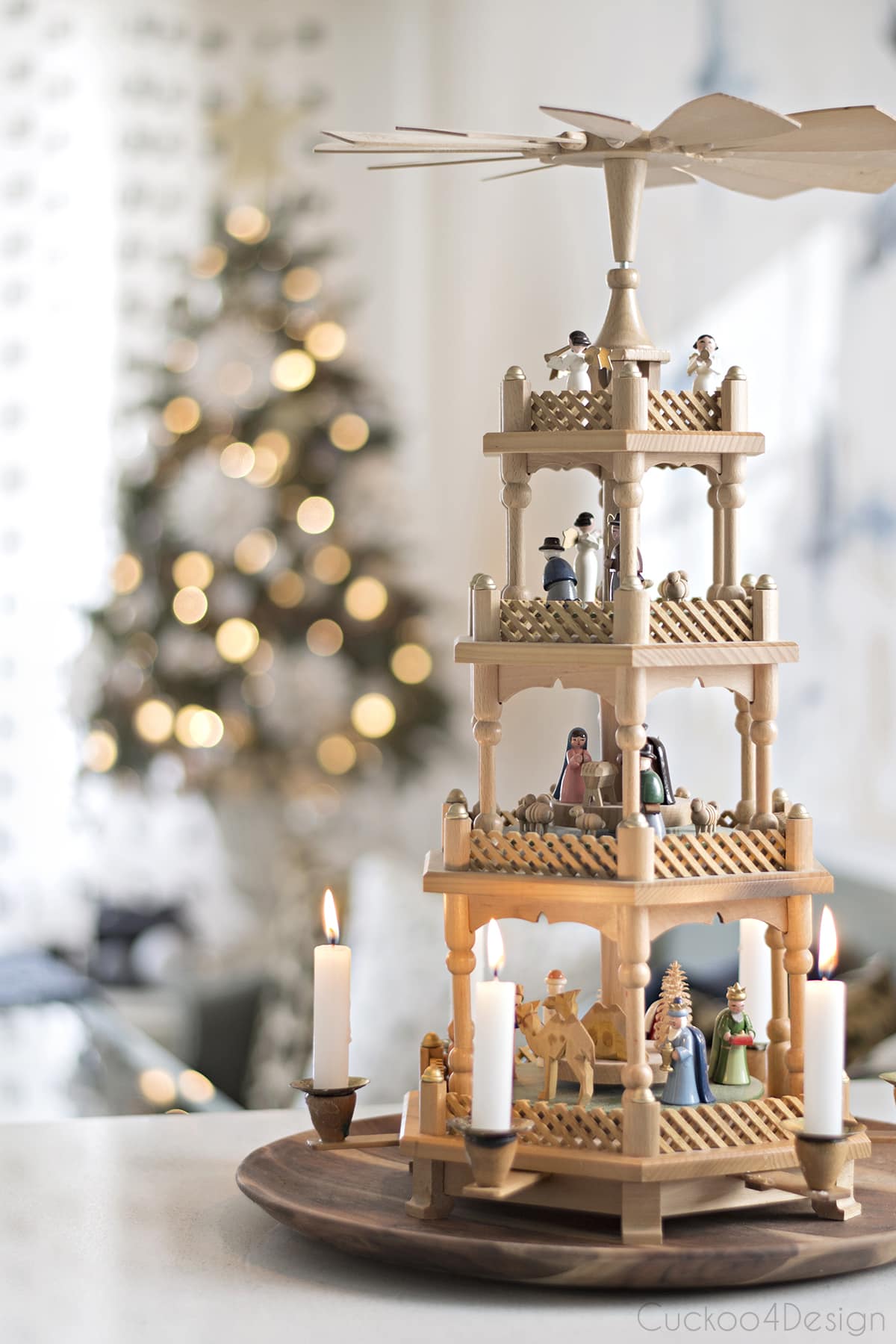
Choosing the Right Tree and Decor
When selecting a tree, many Germans prefer to buy from local Christmas markets, supporting local farmers. The decoration style may vary, but the overall goal is to create a cozy and inviting atmosphere.
2. Advent Decorations
The Advent season is rich with decoration options. Here are some typical items:
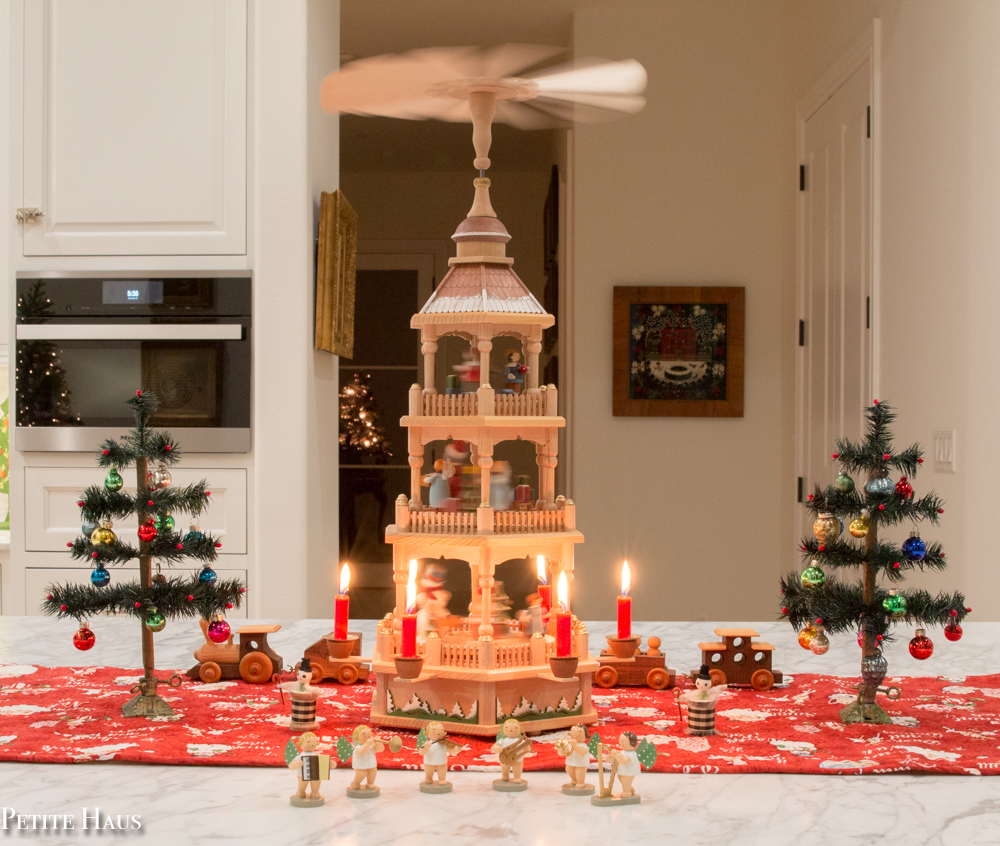
Creating an Advent Wreath
The Advent wreath is a centerpiece in many German homes. It typically includes:
- Four Candles: Three purple and one pink candle, lit progressively each Sunday of Advent.
- Evergreen Greenery: Symbolizing eternal life, the greenery forms the base of the wreath.
Advent Calendars
These calendars come in various forms, often filled with chocolates or small toys. Some families choose to create their own with personalized gifts.

3. Window Decorations
Windows play a significant role in German Christmas decorations, with various styles being prevalent:
Stars and Lanterns
Many German families hang star-shaped lanterns or stars (often made from paper) in their windows, symbolizing the Star of Bethlehem.
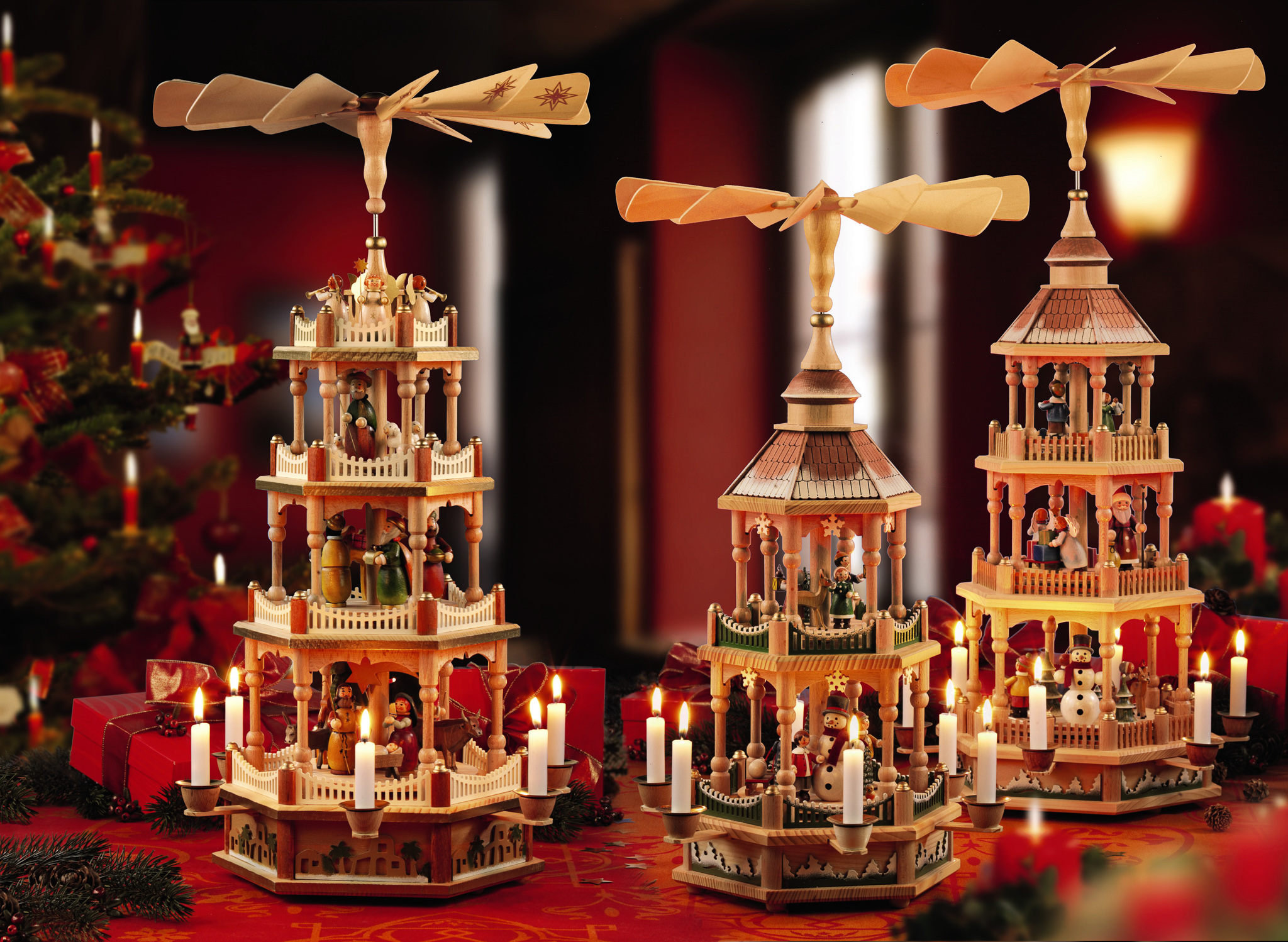
Light Displays
Small electric lights are often strung on windowsills, illuminating the home and creating a welcoming atmosphere.
4. Figurines and Nativity Scenes
Nativity scenes (Krippe) are a common sight in German homes, showcasing beautifully crafted figures representing the birth of Jesus. These scenes can range from simple to elaborately detailed.
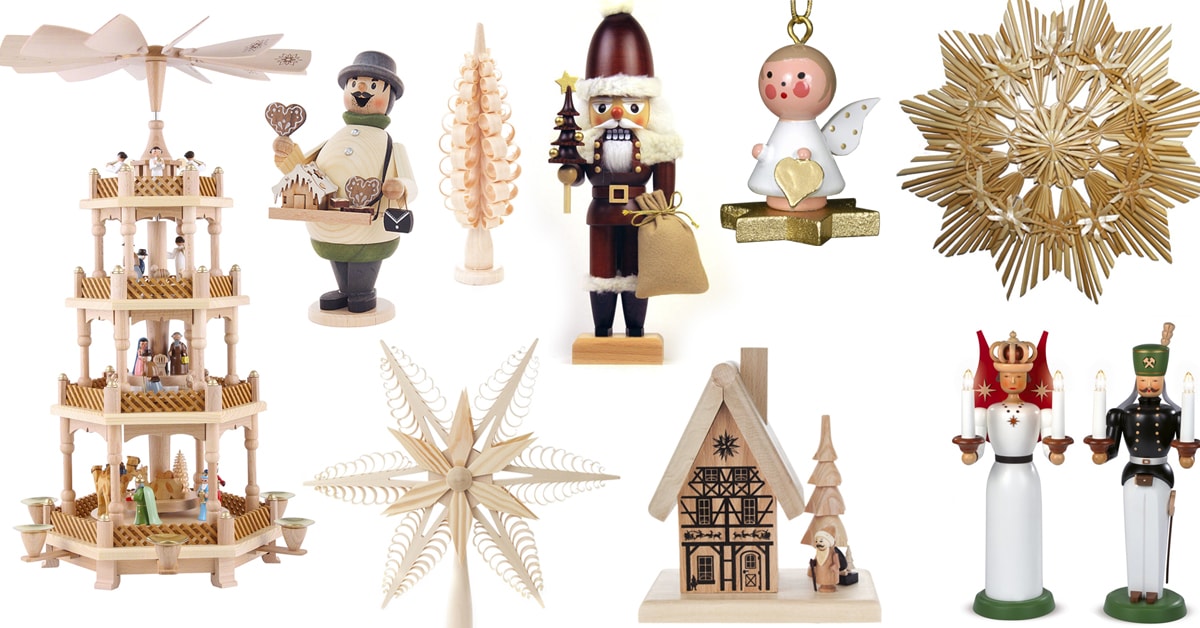
Common Figurines Used
Some popular figurines include:
- Shepherds and Angels: Representing the biblical story.
- Animals: Often including sheep and donkeys as part of the nativity scene.
5. Christmas Market Decorations
German Christmas markets, or “Weihnachtsmärkte,” are famous for their unique decorations and atmosphere. Here’s what to look for:

Market Stalls
Handcrafted goods, from ornaments to holiday treats, are a staple in these markets. The stalls are often decorated with lights and garlands.
Food Decorations
Traditional treats like Stollen, Lebkuchen (gingerbread), and roasted chestnuts are often used as part of the festive decor.
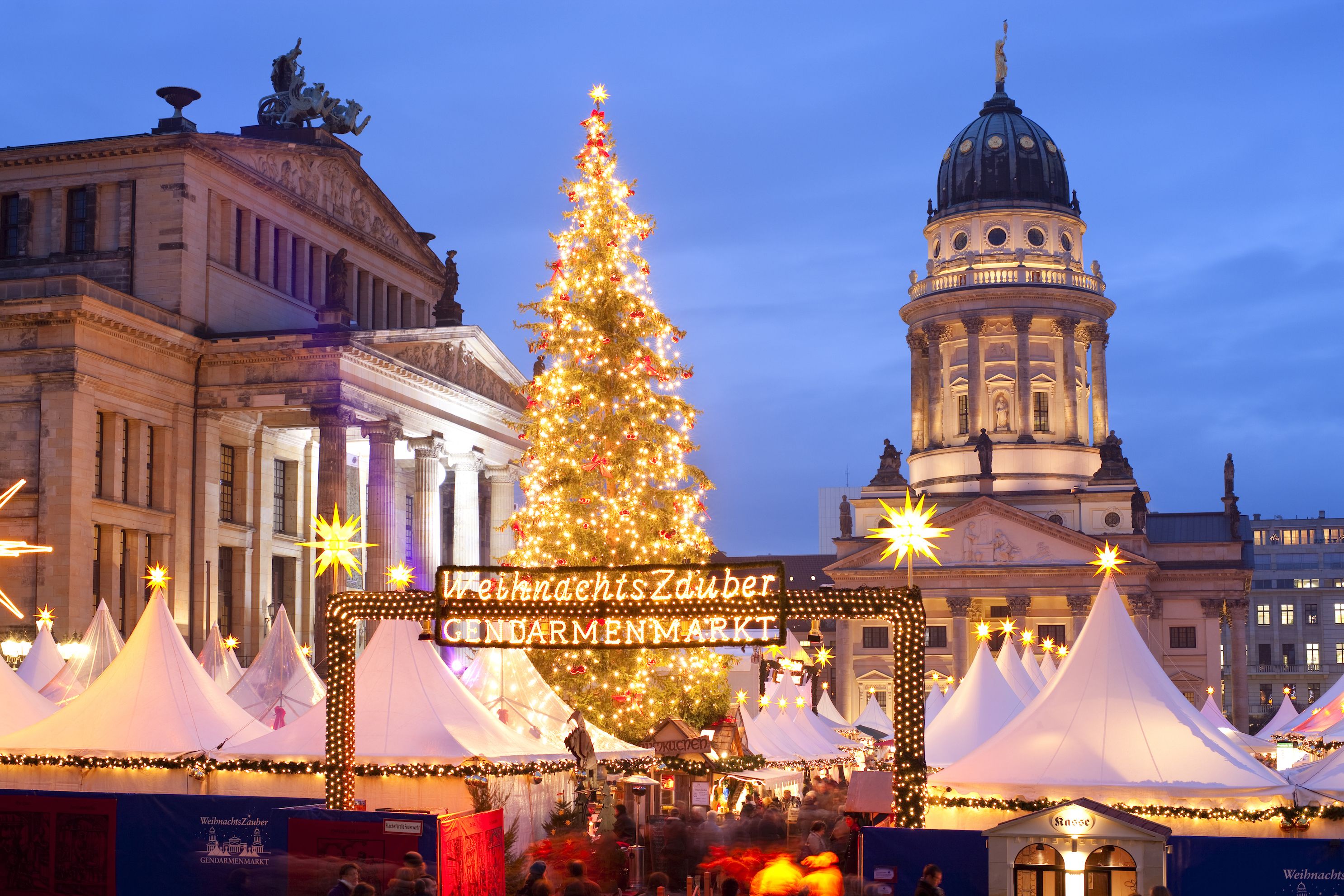
Comparison of Different Regions’ Decorations
| Region | Typical Decorations |
|---|---|
| Bavaria | Traditional wooden ornaments, nutcrackers, and elaborate cribs. |
| North Germany | More nautical themes, including stars and lanterns. |
| East Germany | Intricate glass beads and hand-painted ornaments. |
Personal Experience with German Christmas Decorations
Having visited Germany during the Christmas season, I was enchanted by the variety and beauty of the decorations. From the stunning displays in the windows to the magical atmosphere of the Christmas markets, each aspect felt like stepping into a storybook. I particularly loved the tradition of the Advent wreath, as lighting each candle marked a countdown to the joyous celebration. It brought my family together every weekend in anticipation of Christmas.
Creating Your Own German Christmas Decor
If you’re inspired by the beauty of German Christmas decorations, here are some tips to create your own festive home:
DIY Advent Wreath
You can easily create your own Advent wreath with the following materials:
- Four candles (3 purple, 1 pink)
- Evergreen branches
- Wire or a wreath form
- Decorative ribbons and ornaments
Combine these materials to craft a beautiful wreath that not only looks great but also holds special meaning.
Handmade Ornaments
Consider making your own ornaments using materials like felt, wood, or even recycled items. This adds a personal touch to your Christmas tree.
Incorporating Tradition into Your Decor
To truly capture the essence of German Christmas, think about how you can incorporate traditional elements into your existing decorations. Adding a few handcrafted touches or showcasing regional themes can make your home feel warm and inviting.
Pros and Cons of Traditional German Christmas Decorations
Pros
- Rich in cultural history and tradition.
- Promotes family bonding through DIY projects.
- Creates a warm and welcoming atmosphere.
Cons
- Can be time-consuming to prepare if done entirely by hand.
- Requires a financial investment for quality handmade ornaments.
- Some traditions may be challenging to implement in non-German households.
Frequently Asked Questions (FAQs) about German Christmas Decorations
What are traditional German Christmas colors?
Traditional German Christmas colors include red, green, gold, and white, representing love, life, wealth, and purity, respectively.
How do Germans decorate their Christmas trees?
Germans typically decorate their Christmas trees with glass baubles, wooden ornaments, and ribbons, often including edible items like gingerbread and candies.
Are advent calendars a German tradition?
Yes, the advent calendar originated in Germany and has become a beloved tradition worldwide, marking the countdown to Christmas with daily treats or surprises.
Can I make my own traditional decorations?
Absolutely! Many German decorations can be made at home, allowing you to add a personal touch to your Christmas celebrations.
What is the significance of the Advent wreath?
The Advent wreath symbolizes the passage of the four weeks of Advent, with each candle representing hope, peace, joy, and love.
Conclusion
In conclusion, the charm of German Christmas decorations lies not just in their beauty but in the stories and traditions they embody. From the warmth of the Advent wreath to the sparkle of ornaments adorning the Christmas tree, these decorations create a cozy and inviting atmosphere that captures the spirit of the season. Whether you choose to adopt these traditions or create your own, the goal is to foster togetherness and joy during this magical time of year.
Embrace the warmth of Christmas and let your home be a reflection of the joy and harmony that this festive season brings!